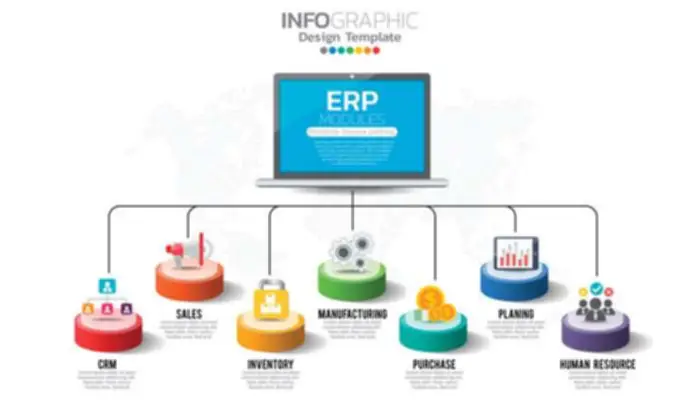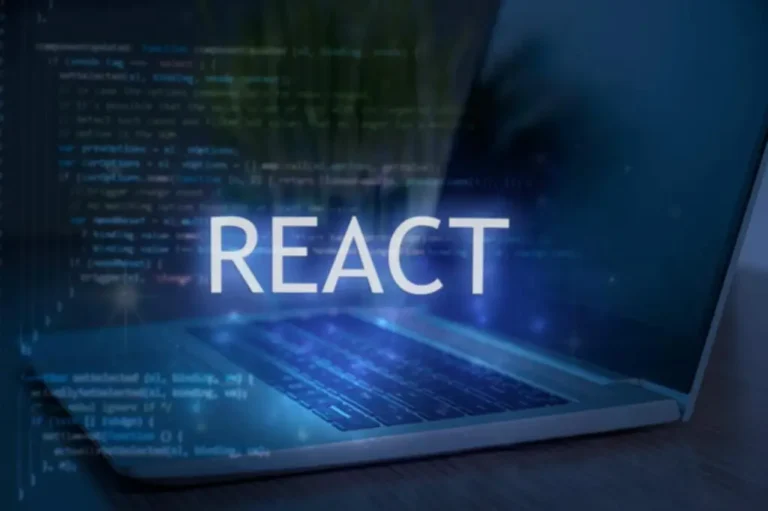Reinvestment threat is particularly relevant for fastened earnings investments like bonds, the place interest rates could change over time. Investors can handle reinvestment danger by laddering their investments, diversifying their portfolio, or contemplating investments with completely different maturity dates. Everyone is uncovered to some type of threat each day—whether it’s from driving, strolling down the street, investing, capital planning, or something else. An investor’s personality, lifestyle what is risk level, and age are a few of the top factors to contemplate for particular person investment management and threat purposes.
Knowledge Danger Classification Examples
Examples of riskless investments and securities include certificates of deposits (CDs), government cash market accounts, and U.S. Treasury invoice https://www.globalcloudteam.com/ is usually seen as the baseline, risk-free security for monetary modeling. It is backed by the full faith and credit of the us government, and, given its relatively quick maturity date, has minimal rate of interest publicity. Measuring and quantifying danger usually permit traders, traders, and business managers to hedge some risks away by utilizing numerous methods including diversification and by-product positions. Overall, it’s potential and prudent to manage investing dangers by understanding the fundamentals of risk and how it is measured.
- Yes, organizations typically customize the matrix to align with their trade requirements, project necessities, or danger management frameworks.
- In theory, the risk-free price of return is the minimum return you’d anticipate for any funding because you wouldn’t settle for extra threat unless the potential fee of return is greater than the risk-free price.
- This can involve conducting threat assessments, implementing controls, and often monitoring and reviewing danger management processes.
Threat Assessments For Investments
The CVE is a glossary of acknowledged risks, vulnerabilities, and efficient reactions determined by cybersecurity framework consultants. The CIS and NIST cybersecurity frameworks recognize numerous levels of cybersecurity danger. Risk mitigation refers to the means of planning and growing methods and choices to reduce threats to project goals. A project team may implement risk mitigation strategies to determine, monitor and evaluate dangers and penalties inherent to finishing a particular project, similar to new product creation. Risk mitigation also includes the actions put into place to cope with points and effects of these issues regarding a project. At the broadest level, risk management is a system of people, processes and expertise that permits an organization to establish objectives in line with values and risks.
What Are The Drawbacks Of Using A 3×3 Threat Matrix?
High risk is a step down from critical risk but nonetheless indicates excessive impression damaging or disruptive events. Each CVE danger level will include attainable cyber occasions of comparable harm levels and urgency. A CVE score is calculated based on the potential harm level and the probability of an attack on that vulnerability.
Case Research: Examples Of Profitable And Failed Danger Administration Methods
Investors incessantly use qualitative and quantitative evaluation along side each other to provide a clearer picture of an organization’s potential as an investment. Risk assessments ought to be carried out by competent persons who’re skilled in assessing hazard harm severity, chance, and management measures. There is not any one-size-fits-all approach to an ERM taxonomy, but adoption could be facilitated by way of collaboration with business practitioners. A successful taxonomy codifies the risk language most incessantly used and understood inside an organization. The bottom line is that business discussions of dangers will turn out to be simpler and extra streamlined when primarily based on a common taxonomy.
Saving Lives: The Importance Of Suicide Prevention In Schools And Workplaces

It’s necessary to remember that larger danger doesn’t mechanically equate to higher returns. The risk-return tradeoff solely signifies that greater risk investments have the potential for larger returns—but there are no guarantees. On the lower-risk aspect of the spectrum is the risk-free rate of return—the theoretical rate of return of an funding with zero risk. It represents the curiosity you would count on from a completely risk-free investment over a specific time frame. In concept, the risk-free price of return is the minimum return you’d count on for any funding since you wouldn’t accept extra danger unless the potential fee of return is bigger than the risk-free rate.
How Does Investor Psychology Influence Risk-taking And Funding Decisions?

Businesses and investments can additionally be exposed to authorized risks stemming from modifications in laws, regulations, or legal disputes. Legal and regulatory dangers can be managed through compliance packages, monitoring modifications in regulations, and in search of authorized advice as needed. Time horizons will also be an essential factor for individual investment portfolios.

Risk administration framework impact levels are used to discover out the severity of a risk and its potential influence on an organization’s operations, property, and popularity. It is important to understand the significance of impression ranges as they help in prioritizing risks based mostly on their severity and importance. This prioritization helps managers determine which dangers must be addressed first and which can be mitigated later.

The new normal might not easily fit into what you are doing already, so you can should introduce new methods of working. Repeating and regularly monitoring the processes can help assure most coverage of recognized and unknown risks. Three necessary steps of the risk management course of are threat identification, danger analysis and assessment, and danger mitigation and monitoring. Standard deviation is a measure utilized to the annual rate of return of an funding to measure the investment’s volatility. When deciding between a quantity of stocks, traders will usually evaluate the usual deviation of every stock earlier than making an investment choice.
For human subject research, COUHES (Committee on the Use of Humans as Experimental Subjects) makes the last word choice on the extent of threat. When paired with a unique private identifier, research or human topic information should be classified at one degree larger than listed within the examples above. While these examples are meant to assist in the classification process, the distinctive context of a specific dataset or use case might influence the overall classification class.

Once you have the product or the answer to the equation, you will use this as a basis to determine the precise threat degree. As talked about in the earlier part, the chance ranges are acceptable, sufficient, tolerable, and unacceptable. Below is an example of the chance rating assessment based on its influence on the business. The financial impact score on the enterprise might differ relying upon the business and the sector by which it operates. Businesses with decrease revenue can have $500k as a high-risk occasion, whereas higher-income businesses will price it as a low-risk event.
By involving a diverse group of stakeholders, organizations can make sure that their risk administration framework is comprehensive and takes under consideration a extensive range of perspectives. The significance of threat management framework influence ranges in managing dangers lies in the reality that they supply a standard language for decision-making and communication throughout the organization. By assigning influence ranges to dangers, workers can higher understand the level of risk they’re coping with and the suitable response required.
